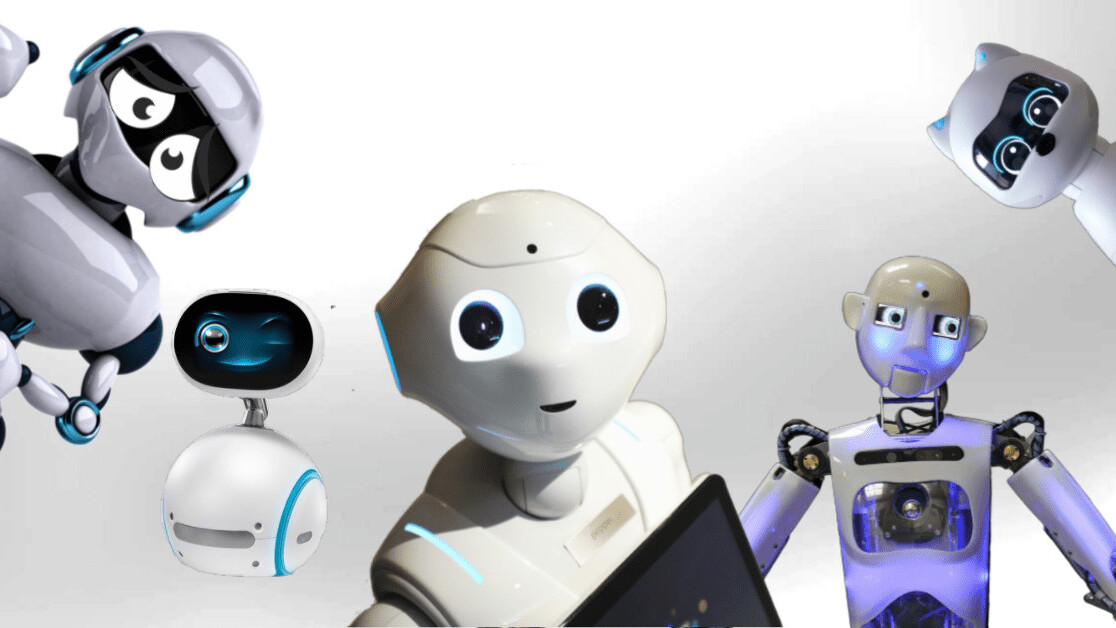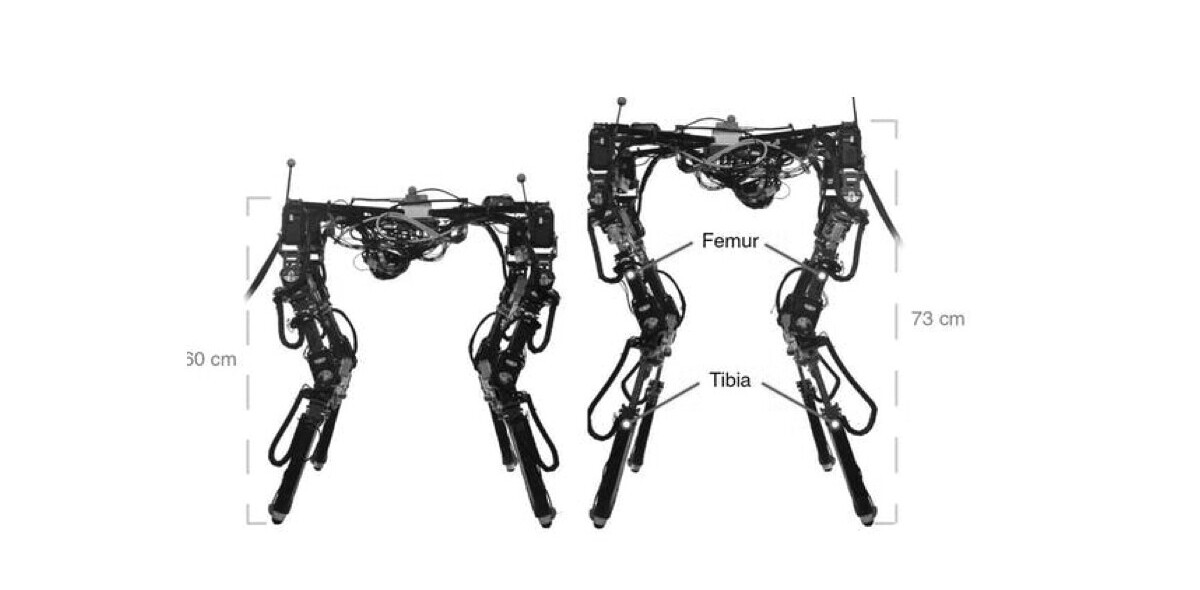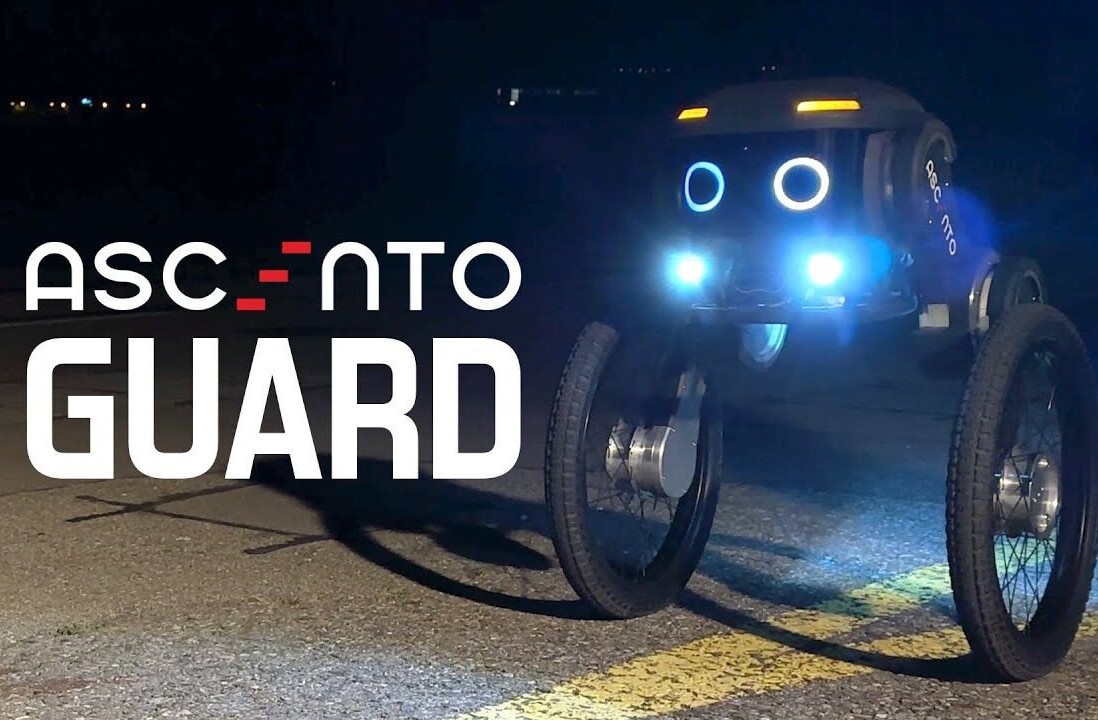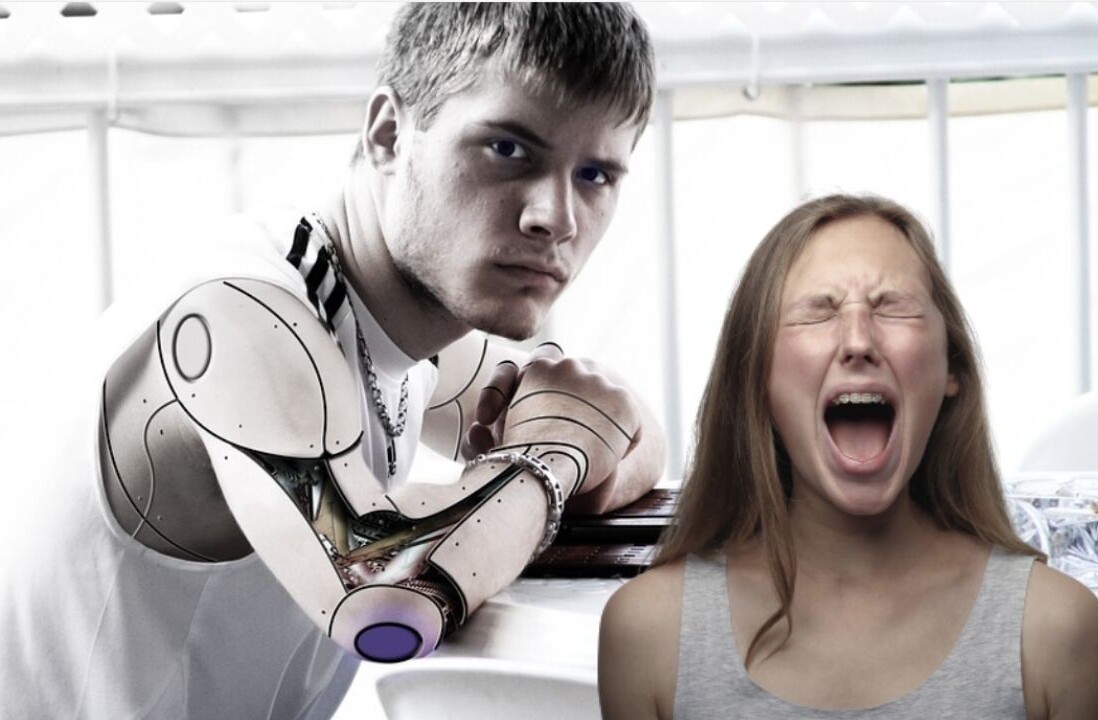
As the companion robot industry grows — the robots that not only assist us with a particular task, but also exist to make us happy — it’s time to analyze exactly what makes a companion robot.
What are the secret ingredients to designing a convincing character? What are the essential principles to fully deliver on the promise of this industry to build something worthy of a truly emotional connection with a user?
The most fun thing about creating a companion robot, is that you will be standing on the intersection of art, technology, and psychology. This is a unique and exciting challenge — one that I feel our industry is capable of meeting head-on. I’d like to lay out a few of the core tenets that we should all be following.
Make your robot vulnerable
The companions we love, other than people, are usually vulnerable in some way. A powerful emotional connection is made by taking care of another “living” thing — we love our dogs, and we grow closer to them by taking care of their needs. This doesn’t mean they’re totally incompetent — but it does mean that part of that connection is based on an inherent understanding that they need us.
We grow closer to them, we think about them, we feel responsible and endeared to helping them. They may be able to do things for us, but ideally we have to create a connection based on emotion and responsibility to truly make them a companion — we have to be able to do something for them. Even famously “strong” companions like Pikachu and Baymax had weaknesses — they needed their owners.
In some ways, it must be a little useless (but not bad at its job)
The utility of a companion robot is far less specific than, say, an Alexa or Google Home device. We shouldn’t build features into companion robots that don’t build an emotional connection, or fill an emotional need for the user.
It’s great when a companion robot can speak with us. But it’s also a dangerous line to cross — whenever a robot starts to speak full English sentences, in our mind, we think they are as intelligent as a human baby. And in robot intelligence, it is a very high bar to meet. In fact, being ‘useless’ may even help with the creation of the bond, as it distills the human-robot interactions to its core.
A core point to know, though, is that the robot should do the jobs it’s doing well. This means that we should make sure that any and all features of a companion robot are fully baked and delivered to the expectations of a user.
This may mean leaving out cool-sounding features like having a robot that can walk up to you when it hears its name — this would be a complex technical challenge on a hardware and software level. It’s important to keep in mind that one of the keys to create an illusion of life, is to not break that illusion. And nothing breaks that illusion faster than features that aren’t fully polished.
Don’t half-bake your design decisions
It is very tempting to simply buy a Kobuki base, build a skeleton and a shell, and ship. The truth is, your unique, thoughtful design is critical to the companion robot experience.
This starts with little things. For example, your robot should ideally have a neck, so that it can show a degree of “thought” behind its actions. This would mean that if your robot decides to pick up a ball, or move to a spot, you can see it turn and show its intention before the action.
With humans, we think so fast and we know exactly when the person we’re speaking with is thinking. But with robot, explicitly calling out the thinking process can make your robot so much more endearing.
If I had to pick THE most important thing in robot design, I would choose no other but the eyes. Eyes are not only the window to a human soul, but a robot’s as well. Give them multiple layers of drawing, make them expressive, deep, and beautiful, with controlled blinking and a way to show that they focus on the person looking at them.
With a physical embodiment, we look for signs of a face. Prey animals guard, so their eyes are distributed widely to keep a lookout; predator animals hunt, so their eyes are designed to focus. And because our ancestors are predator animals, we innately connect with creatures that have two eyes on the same side of their face. Sophisticated eyes complete a robotic character.
Give people something truly unique
Robot is our best chance at making the characters in our imagination come to life. So when we have this chance, let our imagination fly, and don’t restrict ourselves to the form of humans or any particular animal.
The uncanny valley effect of something that’s almost human is genuinely disturbing, and a sort-of-animal is equally disappointing. Instead, make your design fantastical — a dragon, a unicorn, a monster, something that’s not directly like something else to the point that we make a direct comparison to it. Seize the opportunity and bring our imaginary friend to life.
Get the TNW newsletter
Get the most important tech news in your inbox each week.





